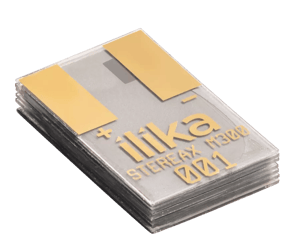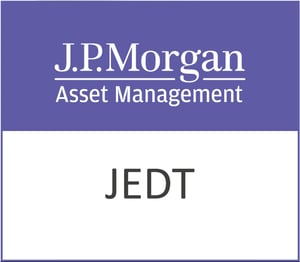Real Estate Credit Investments Ltd (LON:RECI) is the topic of conversation when Hardman & Co’s Analyst Mark Thomas caught up with DirectorsTalk for an exclusive interview.
Q1: Your recent report on Real Estate Credit Investments sits behind a disclaimer. What can you tell us about that?
A1: It is just the standard disclaimer that many investment companies have. In essence, for regulatory reasons, there are some countries (like the US) where the report should not be read. It is not a simple asset class, and the report should only be looked at by professional/qualified investors.
Q2: Your recent report reviewed RECI’s latest quarterly update and factsheet. What can you tell us about it?
A2: The key messages we take from RECI’s July quarterly investor update and end-July 2021 factsheet are i) attractive returns from low LTV (average 65%) credit exposure to UK and European large, well-capitalised and experienced institutional borrowers, ii) stable dividends, at 3p per quarter (latest yield: 7.9%), iii) a highly granular book – 61 positions, with the top position 14% of NAV (by commitment), iv) modest leverage – gross 29%, net 16.0% (with £44.4m cash on the balance sheet), and v) access to a strong pipeline of enhanced return investment opportunities identified by Cheyne.
The premium to NAV (2%) is back in line with pre-pandemic average levels.
Q3: You talk of the resilience in the model. Do you have any facts to support that assertion?
A3: Sure. The most important fact is that there were no defaults in the portfolio. Cheyne completed a successful and favourable completion on the last remaining hotel loan restructuring, showing that other finance providers consider its lending robust too.
There has been a continued migration of the portfolio to senior lending, with nine new deals completed (£117m of commitments) since 31 March 2020, showing strength of opportunity post the initial impact of COVID-19. Senior loans and bonds were equal to 82% of NAV at end-June, with the portfolio concentrated in credits to large, well-capitalised and experienced institutional borrowers.
We also note that the net debt position was halved within the first few months of the pandemic, before being increased steadily from summer 2020, as the risk/return outlook improved. RECI had also said it would manage liquidity, and that its performance through COVID-19 had delivered on this aspect of resilience too.
Q4: And the outlook?
A4: Bank lending remains constrained across Europe, and high barriers to entry secure a continuing compelling investment landscape, especially in senior lending. RECI is well-positioned to address future market uncertainty, with a strong portfolio profile (see above), cash on the balance sheet of £44.4m and modest leverage (1.29x gross, 1.16x net of cash held), as at end-July 2021. Cheyne advises that its real estate business’s current pipeline comprises £0.9bn across 17 deals.
The main constraint on RECI accessing this deal flow, and so achieving economies of scale, was the share price discount to NAV until recently, which prevented the further issuance of equity. Should the shares move to a sustained premium, RECI would be able to access this capital and grow its loan book, and so achieve better performance. RECI’s stable dividend through COVID-19 reflected its confidence in delivering on this outlook.
Q5: And, finally, what can you tell us about Real Estate Credit Investments’ valuation?
A5: Despite what management said, the company’s track record, and the portfolio and management process characteristics which suggested that the portfolio would be resilient, when the market took fright in spring 2020, RECI’s discount ballooned to well over 20%.
Over time, the continued delivery of steady returns – combined with no defaults and management reiterations that it expected full repayment of principal and contractual interest – has restored confidence, and there has been a steady recovery.
The shares are now trading at a modest premium to the accounting NAV, very much in line with the five-year average ahead of the pandemic. In our note, we gave comparisons of RECI with a close and broad peer group. The NAV rating is now the highest in the peer group, but so is the dividend yield, which, as noted earlier, is close to 8%.
RECI continued to pay its 3p quarterly dividend through the pandemic, and it is covered by recurring interest income, leaving any capital gains to feed through to NAV accretion.












































